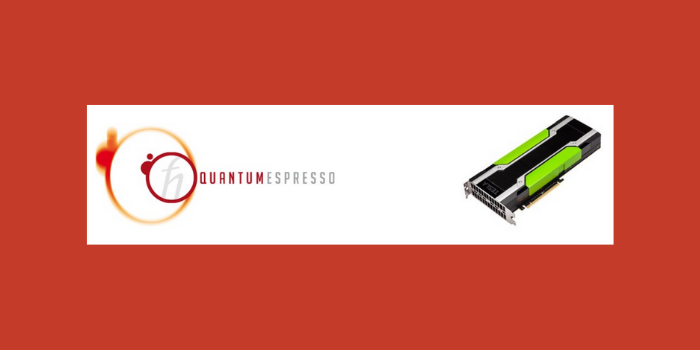Manipulation of Spin Transport in Graphene/Transition Metal Dichalcogenide Heterobilayers upon Twisting
Spintronics is one of the emerging fields for next-generation nanoelectronic devices, promising to create smaller and more efficient devices for memory storage and information processing, such as magnetic random-access memory. Graphene is a great candidate for such application because of its high charge carrier mobility and long spin relaxation lengths, i.e. the ability to transport spins over long length scales. However, the ability to control spins is crucial for spintronics devices, and this is where graphene falls short. The key mechanism for controlling spins is spin-orbit coupling, which is very weak in graphene.
Combining graphene with transition metal dichalcogenides (TMDs) is one approach to deal with this problem. Spin-orbit coupling (SOC) in TMDs is strong and can induce SOC in graphene when they are brought into contact. The open question is: when combining graphene and TMDs there is ambiguity in the relative angle between the two structures and the strain on graphene. How do strain and rotation affect the induced SOC in graphene? Can the strain and the angle be manipulated to tune graphene to get ideal conditions for?
This work is the result of a scientists’ collaboration from Brazil, Spain and the Netherlands. The team chose to use large scale, highly accurate atomistic simulations of up to ~1700 atoms with MaX flagship code SIESTA symmetry base Dirac Hamiltonian fitted to DFT to extract microscopic SOC parameters. They found that the SOC is highly sensitive to strain and twist angle, allowing us to tune the system into an ideal Dirac–Rashba model, which is of great interest for low-power spintronic memories. The work highlights the impact of the orientation angle between layers, which could serve as guidance for angle-engineering that will aim at maximizing proximity-induced SOC.
The important message hence is that the relative orientation angle between TMD and graphene can be exploited to tune proximity induced SOC in graphene and create ideal conditions for next-generation memory storage based on spintronics.
Projected band structure of graphene on monolayer MoTe2 at zero twist angle. The gray scale indicates the projection of the band-states into carbon orbitals. The inset shows the band structure around the Fermi level where the colors represent bands with opposite spins. These results were obtained in a 7 × 7 graphene supercell on a 5 × 5 MoTe2 supercell.
Armando Pezo, Zeila Zanolli, Nils Wittemeier, Pablo Ordejón, Adalberto Fazzio, Stephan Roche, and Jose Hugo Garcia. Manipulation of Spin Transport in Graphene/Transition Metal Dichalcogenide Heterobilayers upon Twisting. 2D Mater. 9, 015008 (2022).



